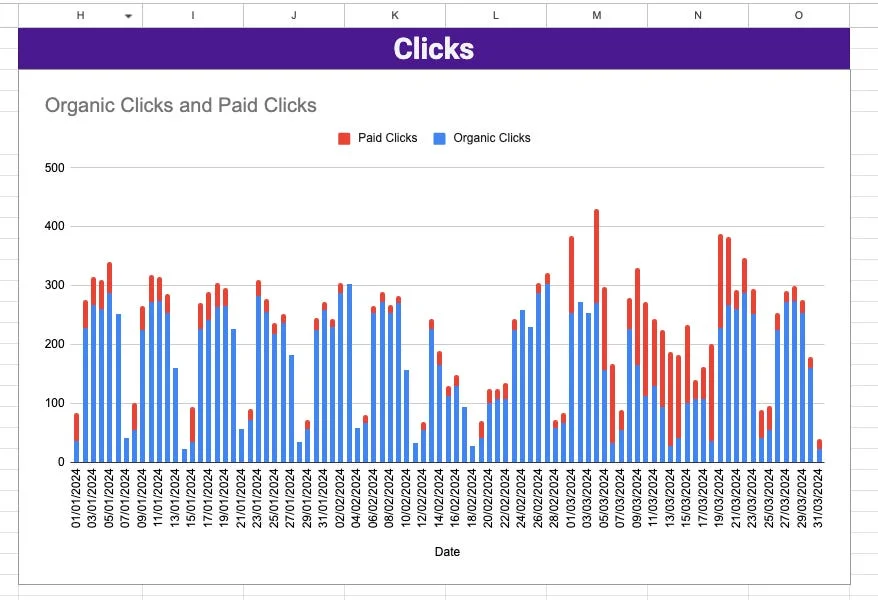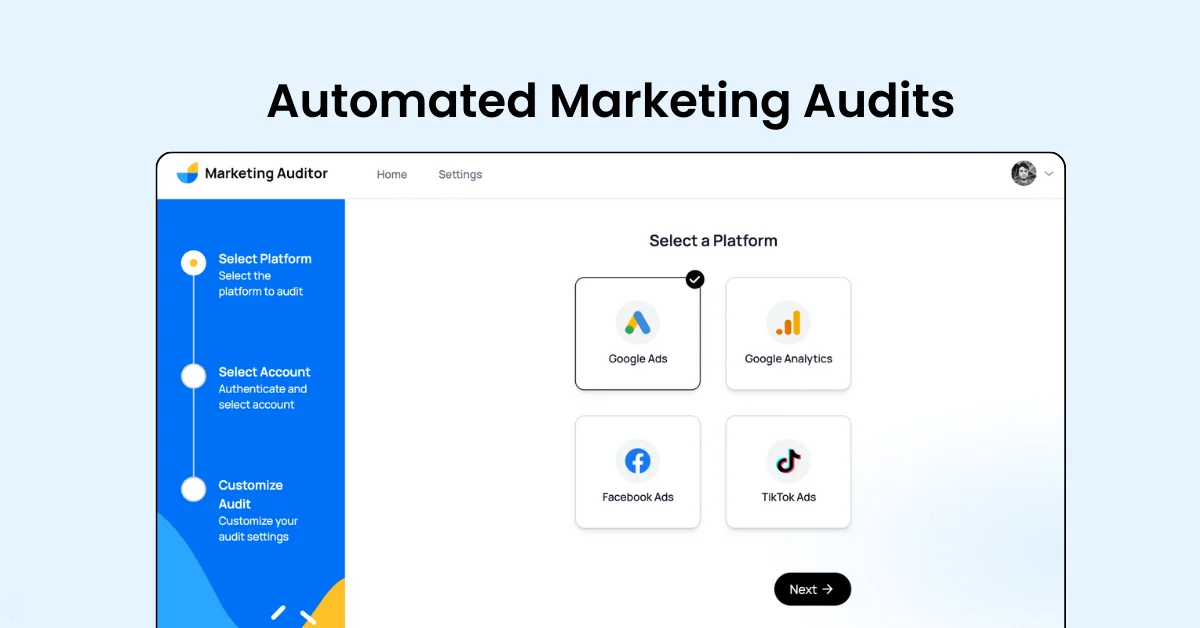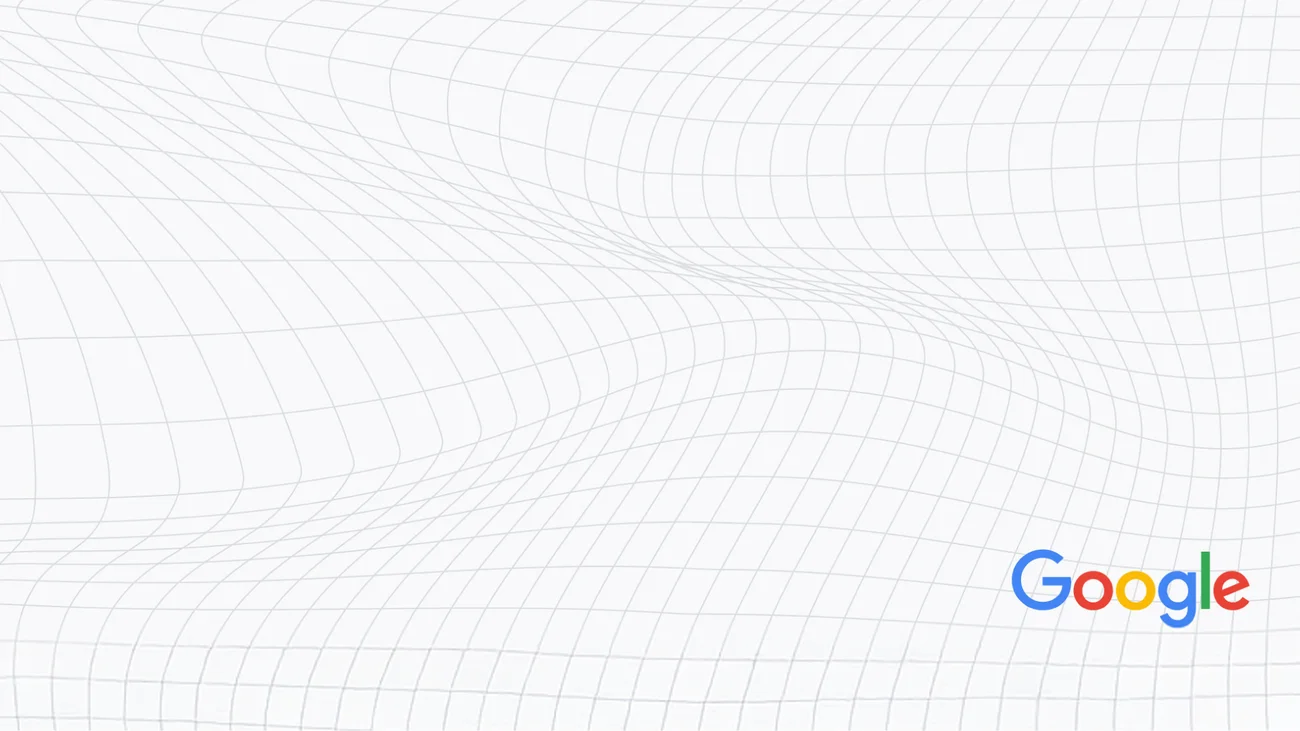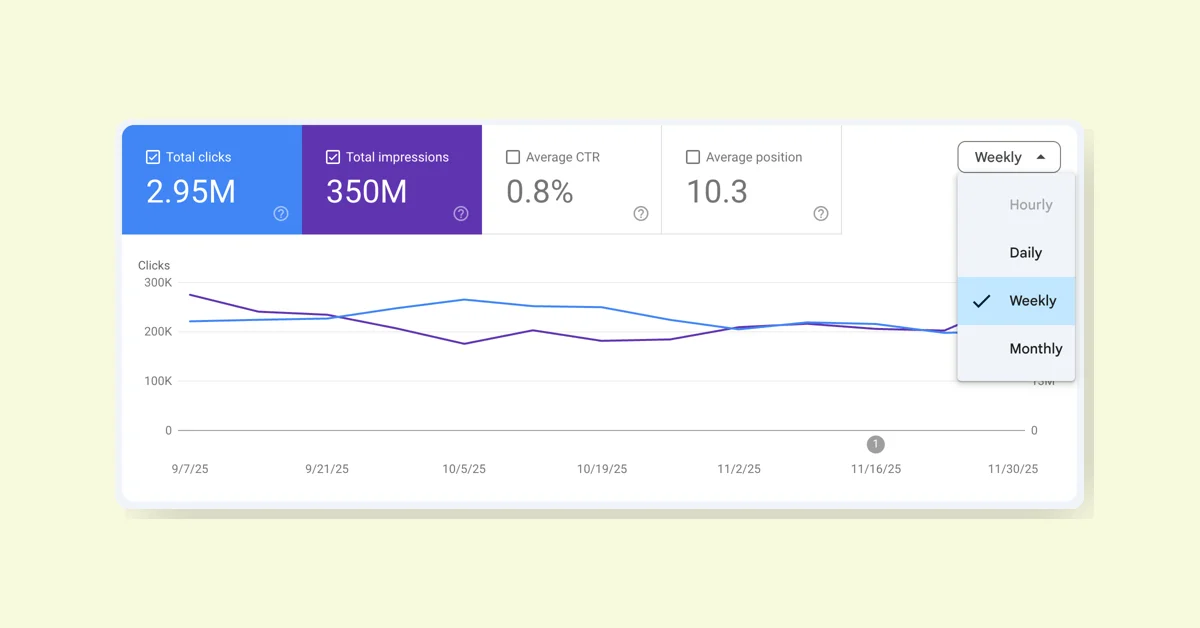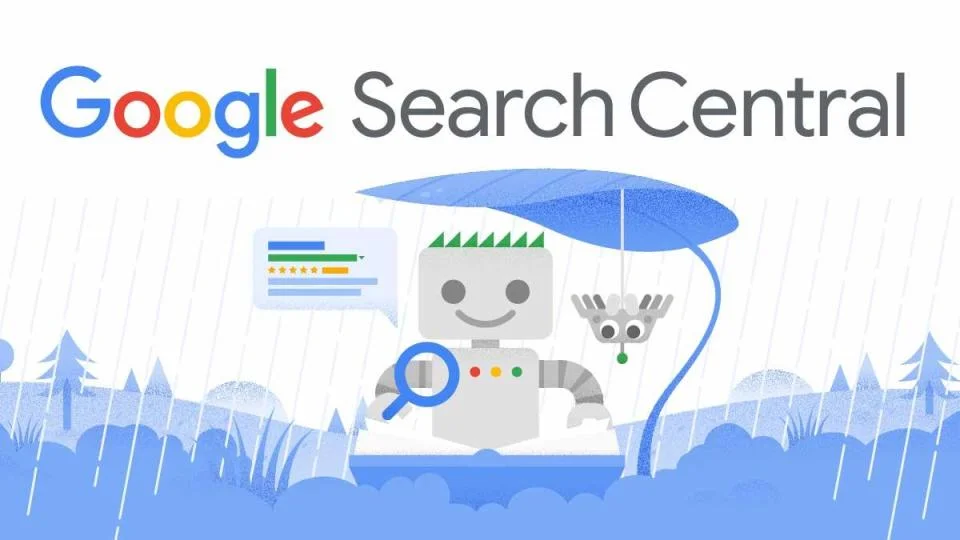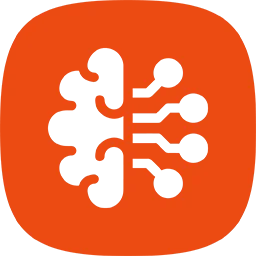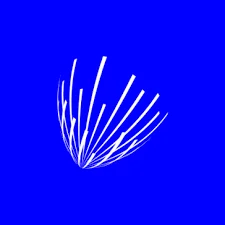Paid Search risks "cannibalising" Organic Search. This article discusses how to measure the incrementality for this strategy.
Incrementality measures the additional outcomes—sessions, conversions, or other metrics—that result from a specific marketing strategy. These are outcomes that wouldn't have happened if a user or lead hadn't been reached by your marketing campaign.
Incremental metrics differ from attributed metrics. Measuring incrementality is necessary to understand your true Customer Acquisition Cost (CAC).
Paid Brand Search is defined as Search ads served on your brand terms, including permutations of the brand name and typos. Companies choose to serve ads on their own keywords for reasons such as Brand Protection, controlling the Landing Page, and achieving Cheap CAC.
However, Paid Brand Search is generally a "net negative strategy" as its incremental conversions are lower than its attributed conversions. To define how much budget to allocate to Paid Brand Search and the target/ceiling CAC, it's crucial to measure the strategy's incremental results.
Different methodologies for measuring incrementality include calculating the difference between high spending and low spending periods for incremental clicks, and using blackout regions or Marketing Mix Modeling (MMM) for incremental conversions.
Google has conducted a study on how to calculate "Incremental Ad Clicks" (IAC). For incremental conversions, methodologies include running ads only in certain locations or using an open source MMM.
Visualising incremental impressions and clicks can be done with a Google Sheet Template. Comparing data from Google Search Console and Google Ads can reveal if clicks attributed to Paid Search are coming at the expense of Organic Search.
